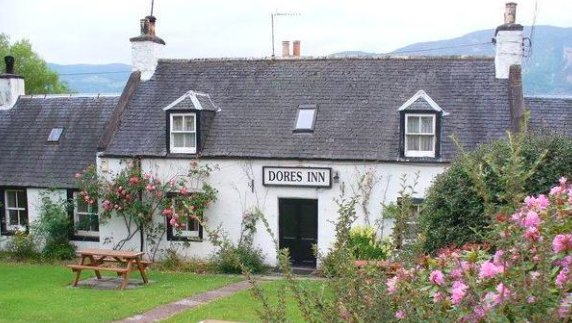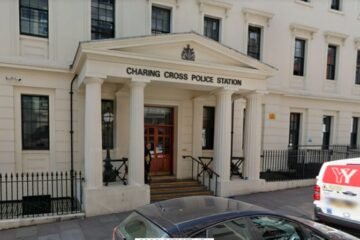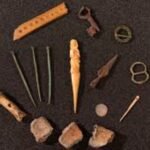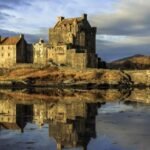Dores village is buzzing as plans emerge to add a sauna, shop and beach café to the centuries‑old Dores Inn—now under the ownership of billionaire Anders Holch Povlsen’s WildLand. Could this historic pub become the Highlands’ next lakeside wellness spot?
The proposal, lodged with Highland Council, also includes a revamped car park and public toilets—details that have locals both excited and wary. With planning on the horizon, the sleepy hamlet of Dores may be in for a dramatic makeover.
From Rustic Inn to Lakeside Oasis?
Imagine stepping out of a wood‑lined sauna onto your private terrace, the cool breeze off Loch Ness greeting you like an old friend.
The Dores Inn, with its white‑washed walls and slate roof, has served locals and travelers for generations. Now, WildLand’s blueprint would transform part of the building into spa facilities—sauna rooms overlooking the water, changing areas, and perhaps a little lounge with herbal teas.
It’s quite the pivot from pints and pub grub to steam and smoothies.
One sentence here.
Some say it’s exactly the kind of fresh energy the Highlands need. Others wonder if turning a historic inn into a wellness retreat risks losing its soul.

Plans on Paper: What WildLand Wants
Digging into the planning documents reveals a mix of modest tweaks and bold new features:
-
Sauna complex: Two cabins with lake views and changing rooms
-
Beach café: Light bites, coffee bar, outdoor seating on the shore
-
Boutique shop: Local crafts, outdoor gear, small grocery essentials
-
Car park & toilets: Expanded parking area, upgraded accessible facilities
These elements would occupy the existing garden space and an adjacent grassy slope—currently used for picnics and summer concerts.
One brief paragraph here.
Altogether, it’s a plan that aims to balance tourism appeal with community use, though some worry about traffic and parking overflow during peak season.
Locals Weigh In: Excitement Meets Caution
Community reaction has been a mixed bag. Some long‑time residents are thrilled:
| Sentiment | Number of Comments | Main Points |
|---|---|---|
| Positive (35%) | 7 | More jobs, fresh amenities, lakeside appeal |
| Cautious (50%) | 10 | Traffic, loss of character, noise |
| Negative (15%) | 3 | Over‑development, strain on services |
One sentence here.
Highland Council’s public portal already shows dozens of submissions—some praising WildLand’s investment, others pleading for limits to “protect the village vibe.”
Folks who grew up here remember the inn’s old jukebox nights and simple Sunday roasts. They’re hopeful that the shop will stock local jams and woollens, but a few predict the beach café could feel more like a theme park kiosk than a cosy corner pub.
What Happens Next?
If the council green‑lights the concept, detailed full planning permission will follow—typically a process taking several months. WildLand will need to provide:
-
Drainage and environmental impact reports
-
Heritage assessments (given the inn’s age and design)
-
Traffic and parking studies
Then there’s the build itself, which could take around 12–18 months, weather permitting.
One short paragraph here.
Until a decision lands, the old Dores Inn stands silent—and locals sip tea with one eye on the loch and the other on the council’s noticeboard.


















